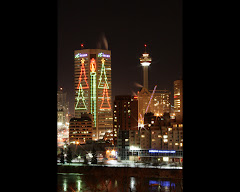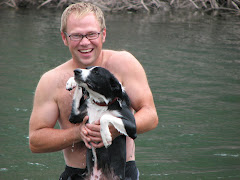skip to main |
skip to sidebar
Carl Sagan's Cosmos (reedited)
 The space explorers and the earth explorers are the two groups of travelers presented in Carl Sagan’s documentary. The first group presented was the Voyager probes or spacecrafts, sent into space in the late 20th century to collect information about the outer space. The second group was the ship navigators of the17thcentury, which traveled the world and helped map our planet. The similarities between these explorers are quite impressive: both carried messages to unknown civilizations, both traveled to unknown worlds, and both made scientists reflect on their discoveries. However, they differ in many respects: one is powered by nuclear energy, while the other by wind; one is inhabited by men, while the other is not; one travels at a very high speed, while the other goes relatively slow.
The space explorers and the earth explorers are the two groups of travelers presented in Carl Sagan’s documentary. The first group presented was the Voyager probes or spacecrafts, sent into space in the late 20th century to collect information about the outer space. The second group was the ship navigators of the17thcentury, which traveled the world and helped map our planet. The similarities between these explorers are quite impressive: both carried messages to unknown civilizations, both traveled to unknown worlds, and both made scientists reflect on their discoveries. However, they differ in many respects: one is powered by nuclear energy, while the other by wind; one is inhabited by men, while the other is not; one travels at a very high speed, while the other goes relatively slow.
In the 17th century, Holland played a major role in the advancement of science. In spite of the fact that it was a small country, Holland’s unique characteristics provided a perfect place for scientific progress. Having recently become independent from stagnant Spain, the Dutch nation took this opportunity to embrace more fully than any other country the spirit of the European enlightenment. Because it was a society of tolerance, freedom of thought, and scientific curiosity, Holland became a refuge for intellectuals such as Descartes, Galileo, and Spinoza. Among them, Chistian Hyugen developed the telescope and became the first man to identify Titan, the largest moon of Saturn. Much other technologic advancement like the invention of the microscope, the development of accurate clocks, and the publication of scientific books, helped define Holland as a predominant actor on the 17th century scientific scene.
 The space explorers and the earth explorers are the two groups of travelers presented in Carl Sagan’s documentary. The first group presented was the Voyager probes or spacecrafts, sent into space in the late 20th century to collect information about the outer space. The second group was the ship navigators of the17thcentury, which traveled the world and helped map our planet. The similarities between these explorers are quite impressive: both carried messages to unknown civilizations, both traveled to unknown worlds, and both made scientists reflect on their discoveries. However, they differ in many respects: one is powered by nuclear energy, while the other by wind; one is inhabited by men, while the other is not; one travels at a very high speed, while the other goes relatively slow.
The space explorers and the earth explorers are the two groups of travelers presented in Carl Sagan’s documentary. The first group presented was the Voyager probes or spacecrafts, sent into space in the late 20th century to collect information about the outer space. The second group was the ship navigators of the17thcentury, which traveled the world and helped map our planet. The similarities between these explorers are quite impressive: both carried messages to unknown civilizations, both traveled to unknown worlds, and both made scientists reflect on their discoveries. However, they differ in many respects: one is powered by nuclear energy, while the other by wind; one is inhabited by men, while the other is not; one travels at a very high speed, while the other goes relatively slow..jpg)









No comments:
Post a Comment